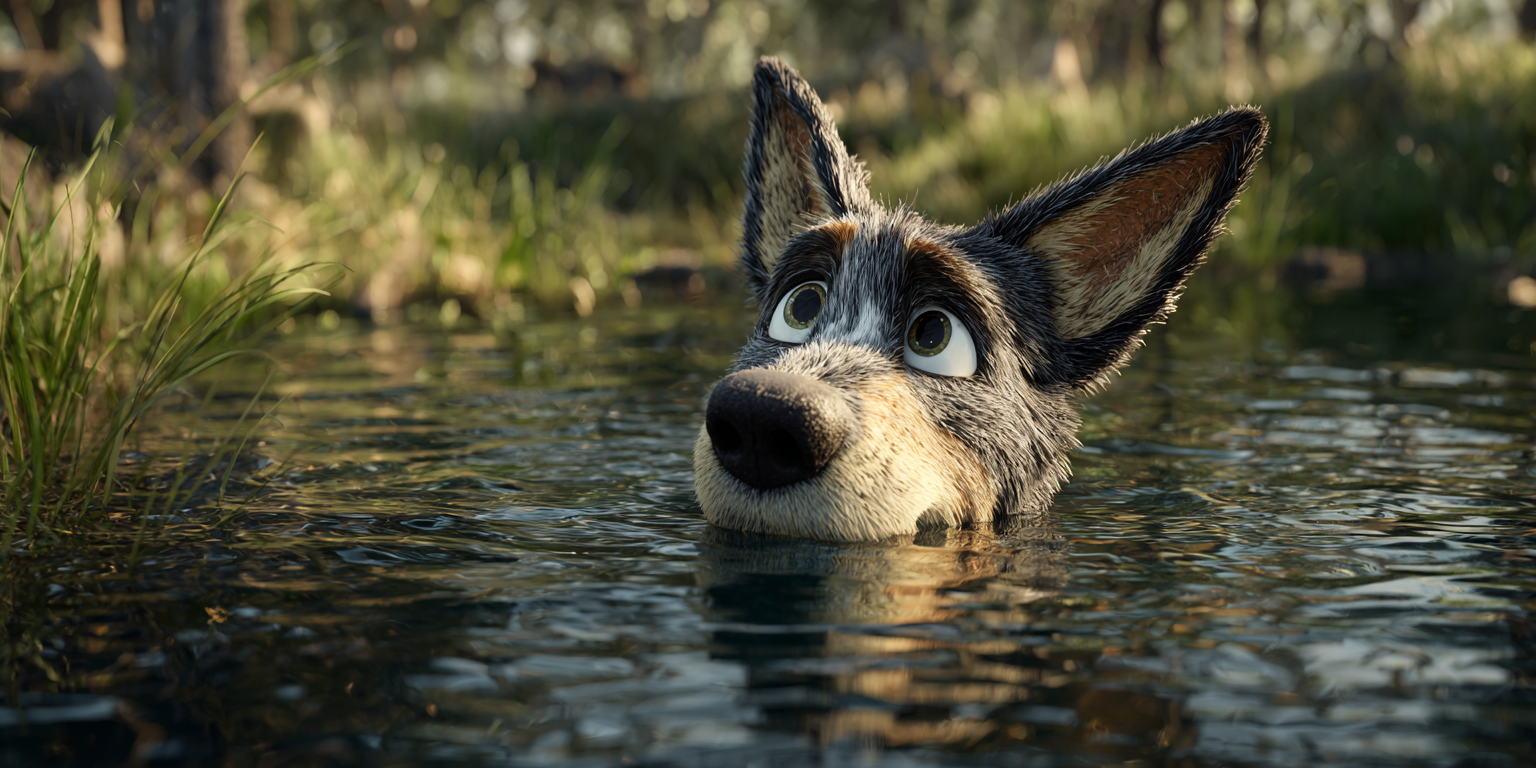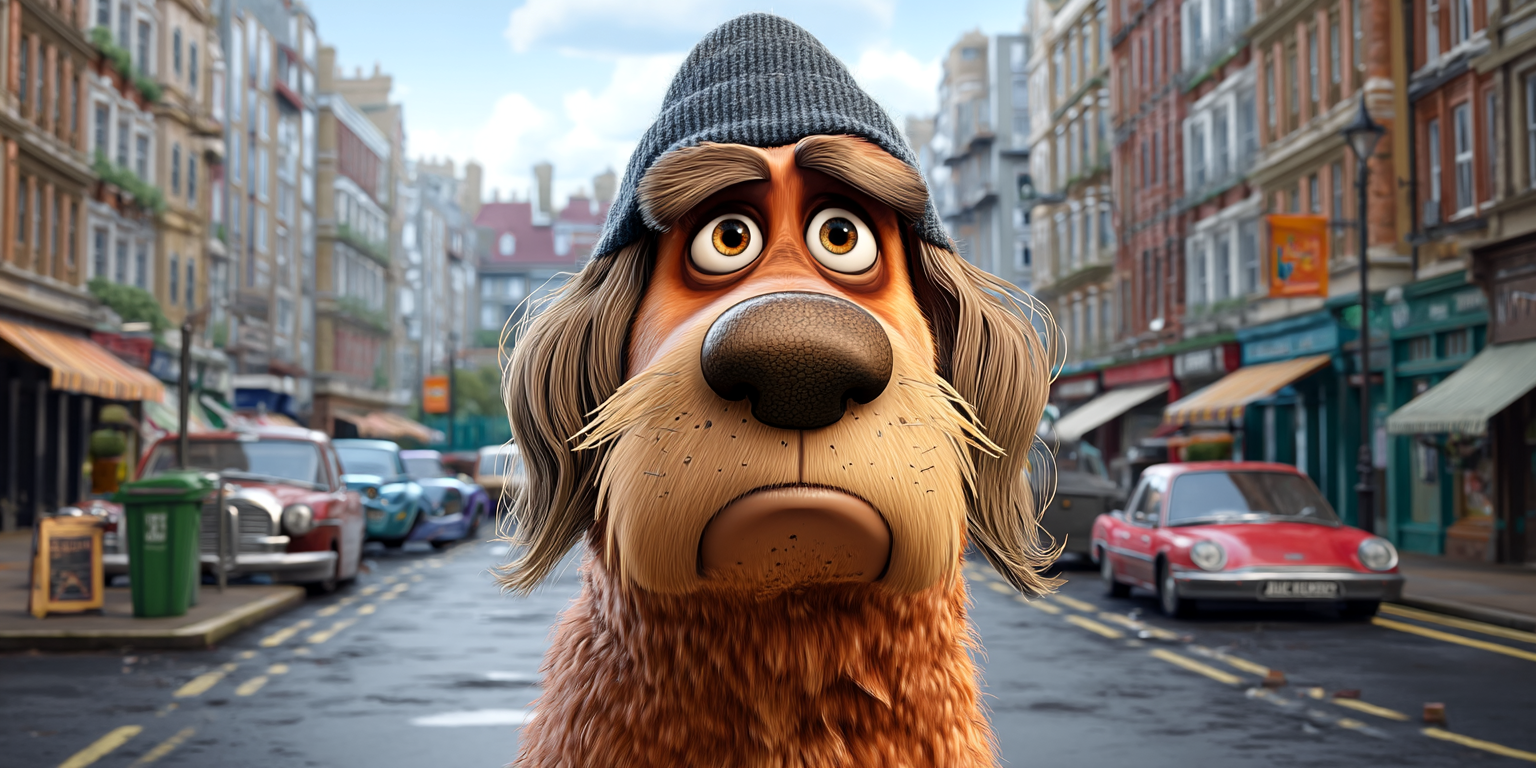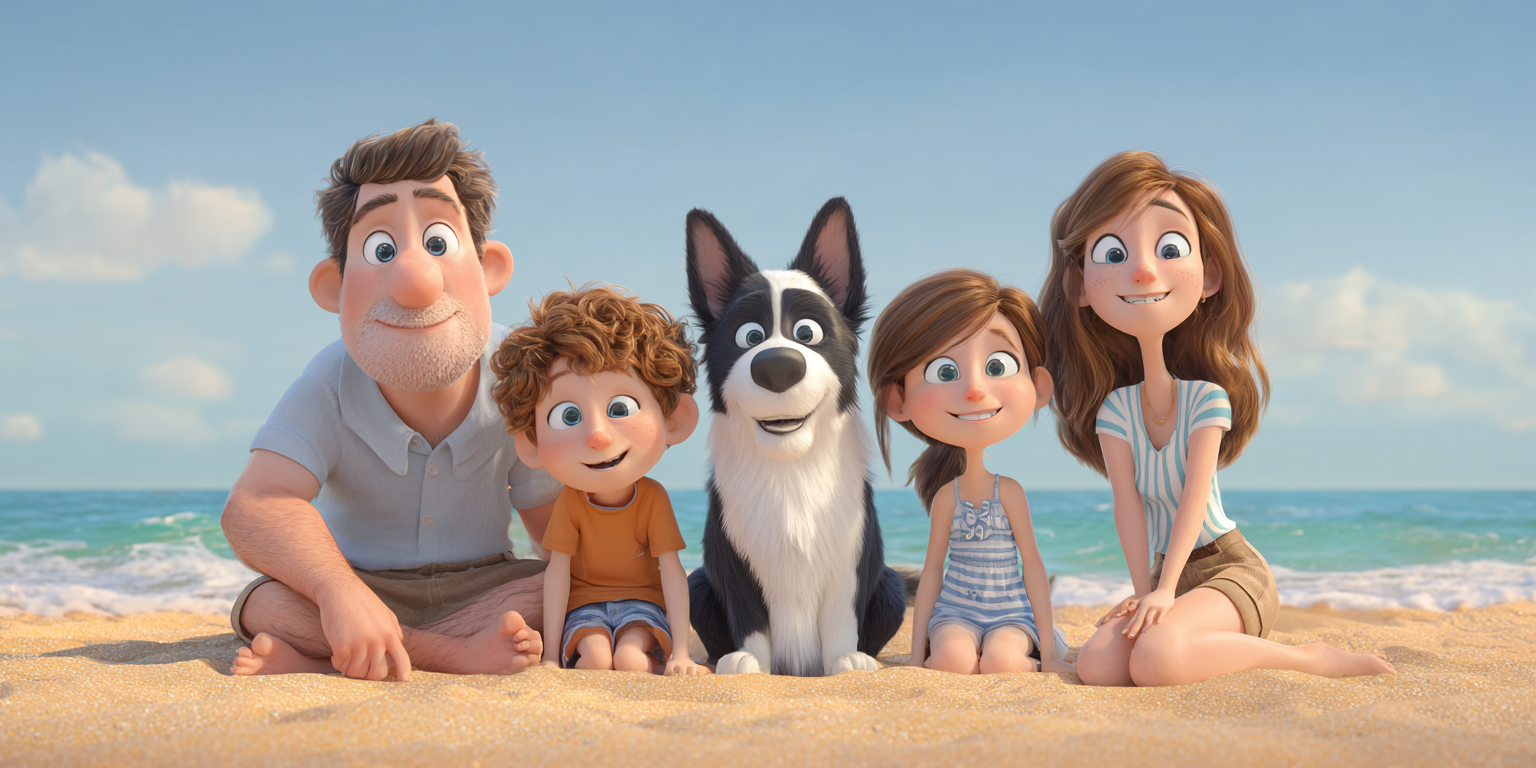Top 10 Most Intelligent Dog Breeds
Top 10 Most Intelligent Dog Breeds: The Smartest Dogs in the World
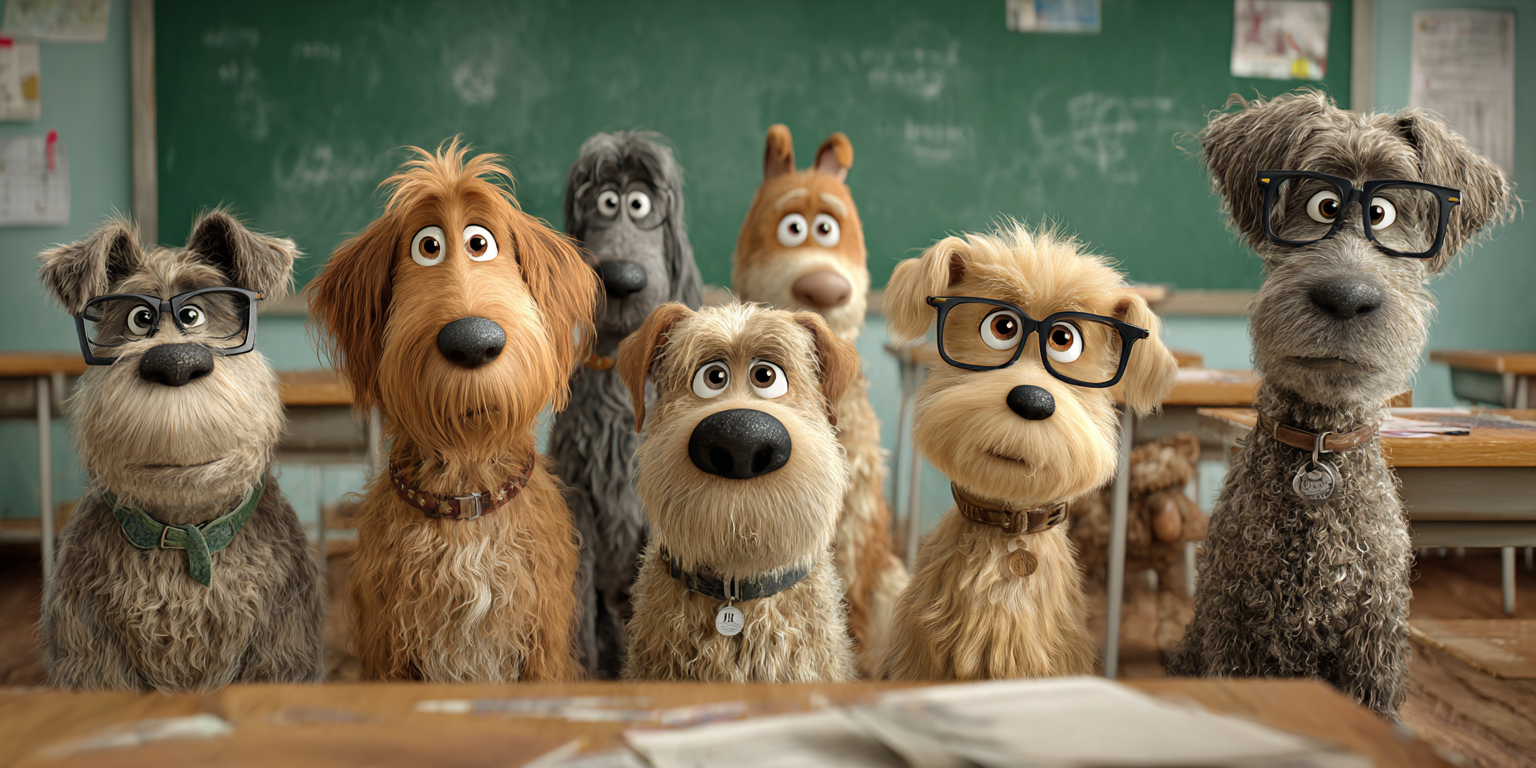
When choosing a dog, most people think about size, temperament, and exercise needs.
But for many Australian dog lovers, intelligence is high on the priority list.
A smart dog can be easier to train, more adaptable to your lifestyle, and quick to learn commands, tricks, and even household routines.
While all dogs are clever in their own way, certain breeds consistently top the charts in canine intelligence.
Let's have a look at the top 10 most intelligent dog breeds, their personality traits, exercise requirements, and why they’re such a joy to have in your home.
What Does “Intelligent” Mean in Dogs?
Before we dive into the list, it’s worth understanding what “intelligent” means when it comes to dogs.
Canine intelligence is often measured in three ways:
- Instinctive intelligence – What the breed was originally bred to do (herding, retrieving, guarding).
- Adaptive intelligence – How well they can solve problems and learn from experience.
- Working and obedience intelligence – How quickly they learn commands and how well they follow them.
According to Dr. Stanley Coren’s famous book The Intelligence of Dogs, the smartest breeds can learn a new command in less than five repetitions and obey the first command over 95% of the time.
The Top 10 Most Intelligent Dog Breeds
1. Border Collie – The Genius of the Dog World
Best For: Active families, farmers, agility competitors
Origin: Scotland / England
Average Weight: 12–20 kg
Coat: Medium length, double coat
Exercise Needs: 2+ hours daily
The Border Collie sits firmly at the top of the canine IQ scale. Originally bred for herding sheep in the rugged border regions between England and Scotland, this breed is unmatched in obedience, focus, and work ethic.
They thrive on mental stimulation and need plenty of physical exercise. In Australia, they’re popular on rural properties but also in suburban homes—provided their owners are committed to keeping them busy with games, training, and sports like agility or flyball.
Training Tip: Incorporate puzzle toys, obedience drills, and herding-style games to keep their minds sharp.
2. Poodle – The Stylish Scholar
Best For: Families, allergy sufferers, obedience competitors
Origin: Germany / France
Average Weight:
- Toy: 2–4 kg
- Miniature: 5–8 kg
- Standard: 20–32 kg
Coat: Curly, hypoallergenic
Exercise Needs: 45–90 mins daily
Don’t let their fancy looks fool you—Poodles are incredibly intelligent. Available in toy, miniature, and standard sizes, they excel at obedience, retrieving, and even water sports.
Their hypoallergenic coat makes them a popular choice for allergy sufferers, though it requires regular grooming. In Australia, Poodle mixes (like Cavoodles and Groodles) are also loved for their brains and trainability.
Training Tip: Poodles love to please—use positive reinforcement and fun challenges like hide-and-seek games.
3. German Shepherd – The Versatile Protector
Best For: Experienced owners, active households, working roles
Origin: Germany
Average Weight: 22–40 kg
Coat: Medium-length double coat
Exercise Needs: 1–2 hours daily
German Shepherds are one of the most versatile dog breeds in the world, often used in police, military, and service work. They’re highly trainable, loyal, and protective of their families.
In Australia, they’re a popular choice for both working roles and as loyal companions, but they do need early socialisation and consistent training.
Training Tip: Engage them with advanced obedience, tracking games, and structured exercise routines.
4. Golden Retriever – The Friendly Scholar
Best For: Families, therapy work, first-time dog owners
Origin: Scotland
Average Weight: 25–34 kg
Coat: Medium length, water-repellent
Exercise Needs: 1–1.5 hours daily
The Golden Retriever is the ultimate family-friendly smart dog. They’re gentle, patient, and quick learners, making them a favourite for obedience training, therapy work, and assistance roles.
Their calm temperament and eagerness to please make them one of the easiest breeds to train. In Australia, they’re adored for their affectionate nature and adaptability.
Training Tip: Keep training sessions varied with both obedience and fun tricks to keep them engaged.
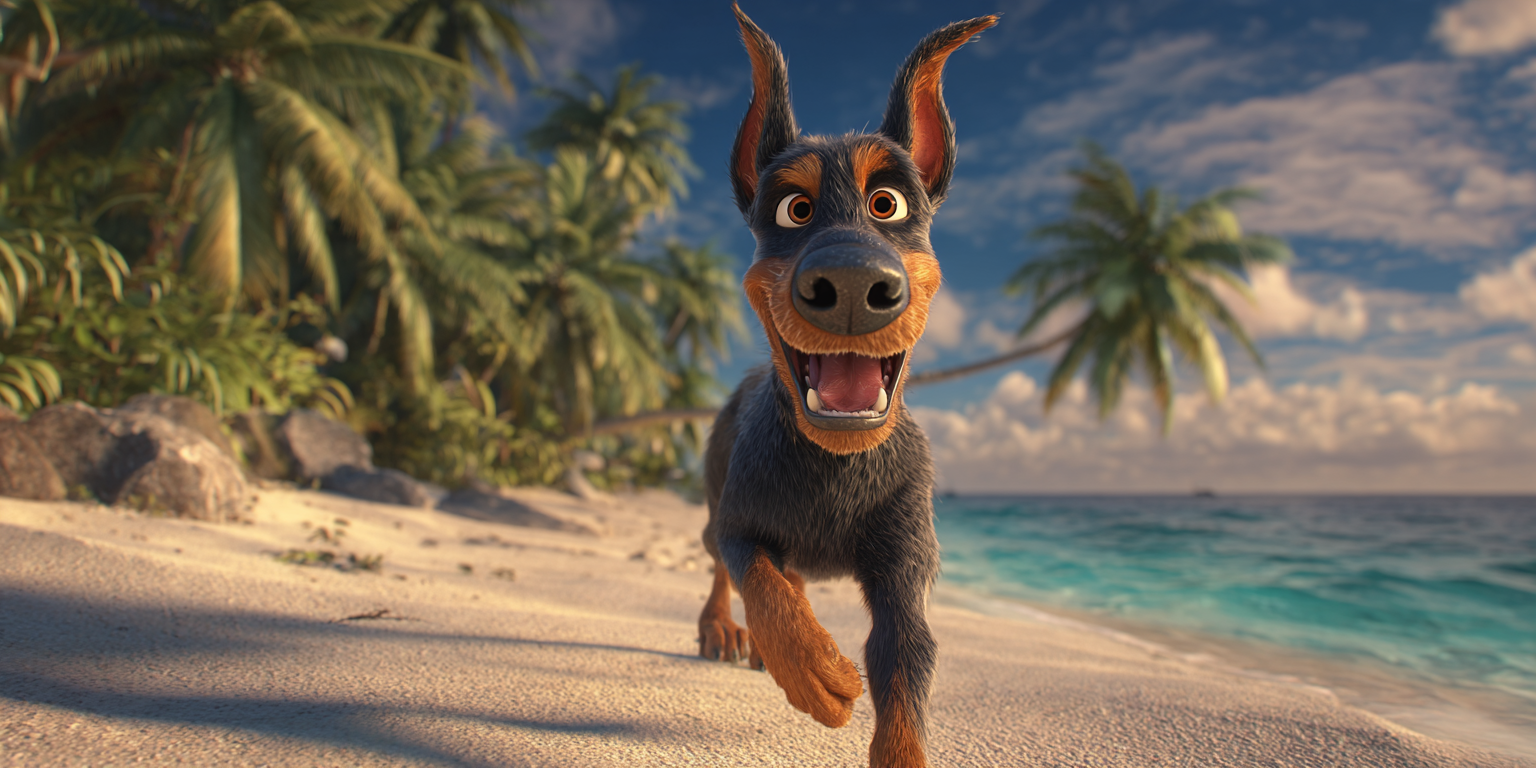
5. Doberman Pinscher – The Elegant Guardian
Best For: Experienced owners, active lifestyles
Origin: Germany
Average Weight: 27–45 kg
Coat: Short, smooth
Exercise Needs: 1–2 hours daily
Dobermans are sleek, athletic, and incredibly smart. Known for their loyalty and protective instincts, they are quick learners and excel in obedience, tracking, and even agility sports.
They require a confident owner who can provide structure and consistent training, as their intelligence needs to be channelled in positive ways.
Training Tip: Combine obedience with scent work or tracking exercises to stimulate their minds.
6. Shetland Sheepdog – The Mini Collie Brainiac
Best For: Families, agility enthusiasts
Origin: Scotland (Shetland Islands)
Average Weight: 6–12 kg
Coat: Long, double coat
Exercise Needs: 45–90 mins daily
Nicknamed the Sheltie, this breed is like a smaller, fluffier Border Collie—smart, agile, and eager to please. They excel in obedience and agility competitions and are deeply loyal to their owners.
Training Tip: Shelties are sensitive—gentle, positive reinforcement works best.
7. Labrador Retriever – The All-Rounder
Best For: Families, therapy work, assistance dogs
Origin: Canada (Newfoundland)
Average Weight: 25–36 kg
Coat: Short, water-resistant
Exercise Needs: 1–1.5 hours daily
Labradors are one of Australia’s most popular dog breeds, and for good reason. They’re friendly, intelligent, and versatile—often working as guide dogs, therapy dogs, and in search-and-rescue.
They love to learn but can be easily distracted by food, so portion control is key during training.
Training Tip: Use food rewards wisely—labs are prone to weight gain.
8. Papillon – The Pocket-Sized Genius
Best For: Singles, seniors, agility in small spaces
Origin: France / Belgium
Average Weight: 3–5 kg
Coat: Long, silky
Exercise Needs: 30–45 mins daily
The Papillon may be tiny, but they’re one of the smartest small dog breeds. Agile, alert, and brimming with energy, they love learning tricks and excel at canine sports.
Training Tip: Perfect for apartment living but still needs daily mental and physical stimulation.
9. Rottweiler – The Strong and Smart Worker
Best For: Experienced owners, guarding, obedience work
Origin: Germany
Average Weight: 35–60 kg
Coat: Short, dense
Exercise Needs: 1–2 hours daily
Rottweilers are powerful, confident, and intelligent. When trained and socialised properly, they make loyal family protectors and excel in obedience and working tasks.
Training Tip: Early socialisation is essential to channel their natural guarding instincts.
10. Australian Cattle Dog – The Outback Problem-Solver
Best For: Active owners, rural living
Origin: Australia
Average Weight: 16–23 kg
Coat: Short, weather-resistant
Exercise Needs: 2+ hours daily
Bred for herding cattle in harsh Australian conditions, the Australian Cattle Dog is tough, energetic, and incredibly smart. They’re problem-solvers with a strong work drive—perfect for active owners who can keep them busy.
Training Tip: Give them jobs to do—fetching, agility, and even farm work will keep them happy.
Tips for Raising a Smart Dog in Australia
Owning an intelligent dog is rewarding, but it also comes with challenges.
Here are some key tips:
- Daily Mental Stimulation: Smart dogs get bored easily—use puzzle toys, scent games, and varied training routines.
- Consistent Training: High-IQ dogs thrive on structure and clear rules.
- Socialisation: Introduce them to new people, environments, and other dogs early to prevent unwanted behaviours.
- Adequate Exercise: Intelligent dogs often have high energy needs—make sure you can meet them.
- Ongoing Learning: Don’t stop training after puppy school—keep challenging their minds.
Final Thoughts
The smartest dog breeds are often the most rewarding companions—loyal, responsive, and capable of learning just about anything you teach them.
But with intelligence comes responsibility: these dogs need more than just love and walks. They need
mental challenges, consistent training, and plenty of interaction to truly thrive
.
Whether you’re after a family-friendly smart dog like a Labrador, a working genius like a Border Collie, or a compact brainiac like a Papillon, there’s an intelligent breed to suit almost every Australian household.

